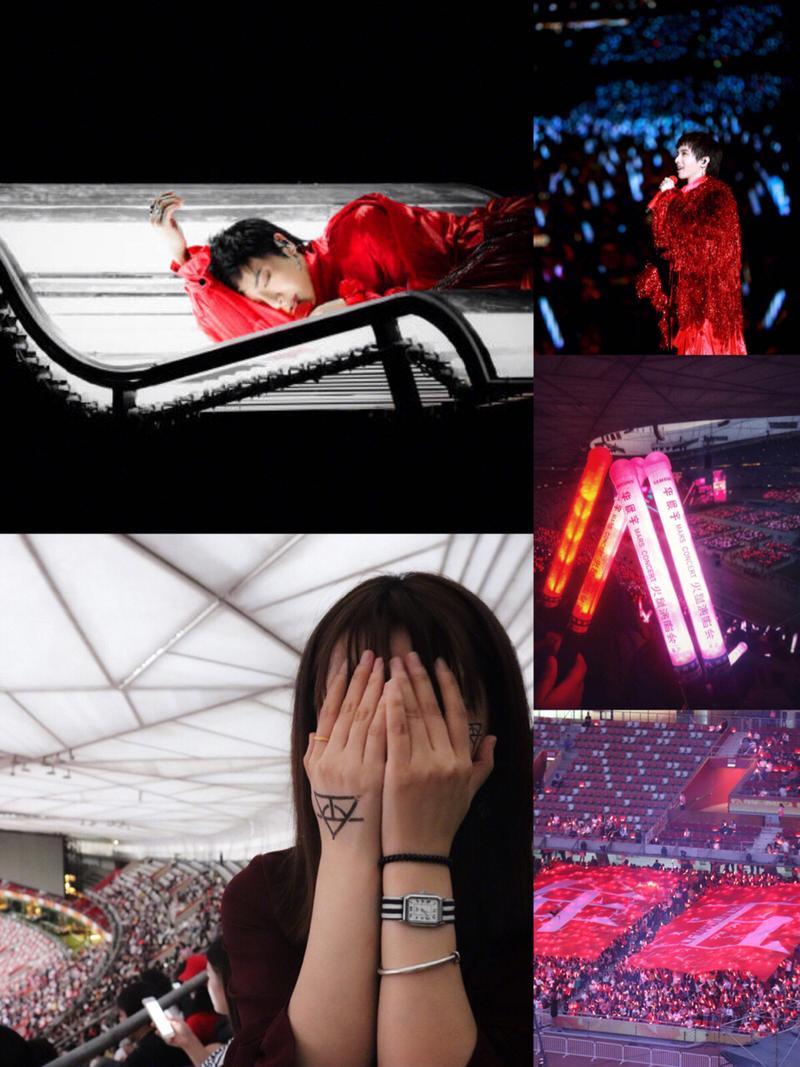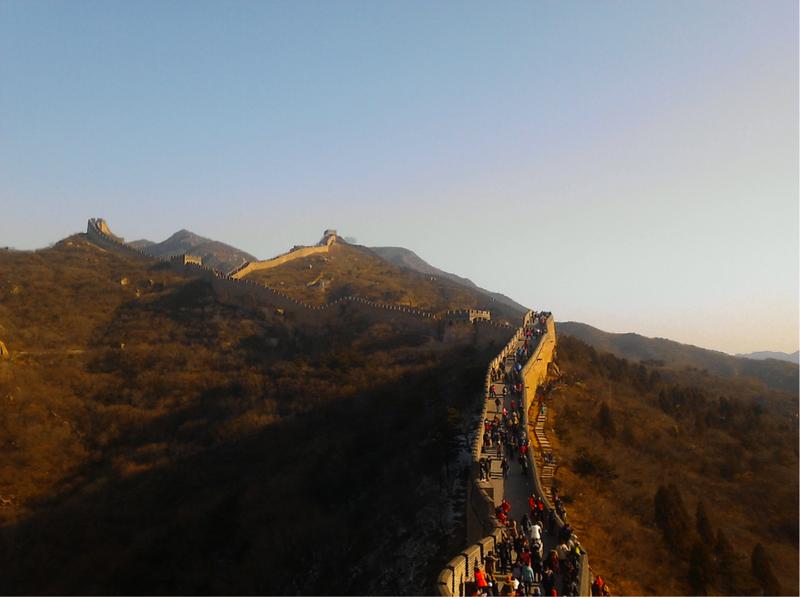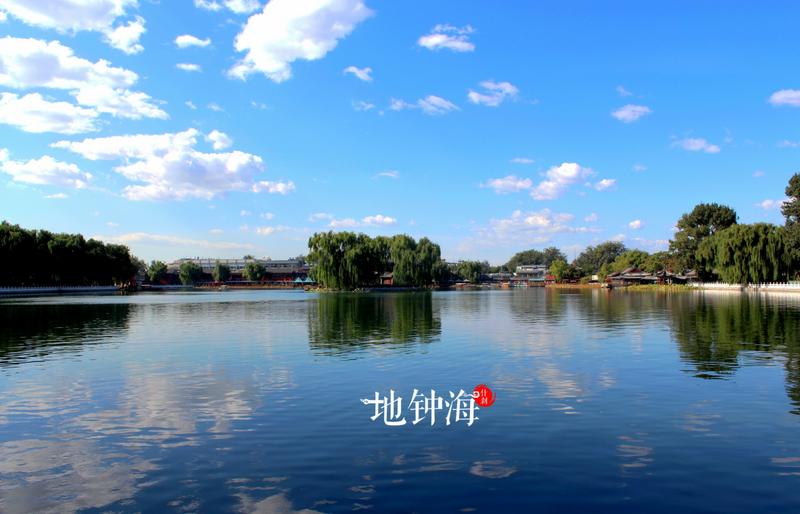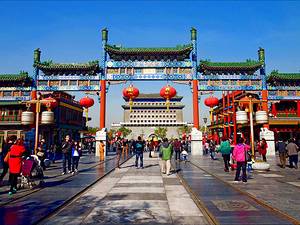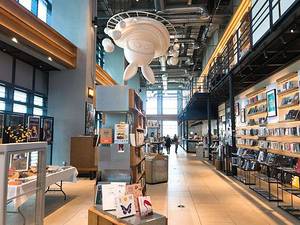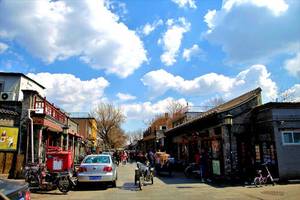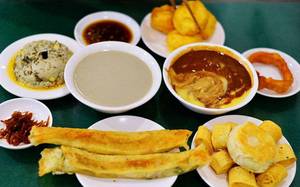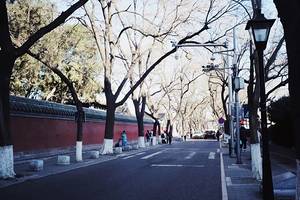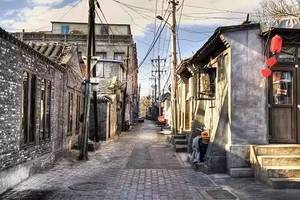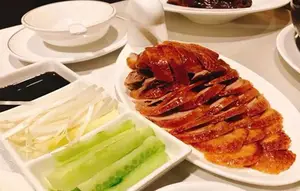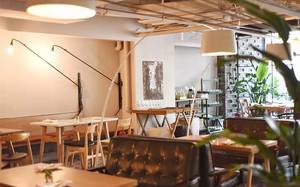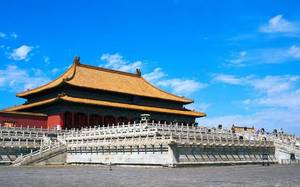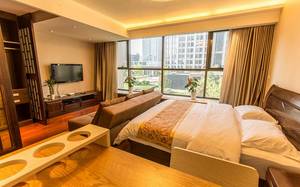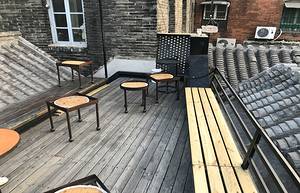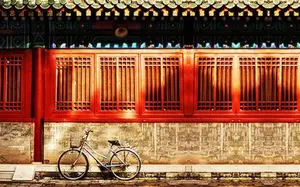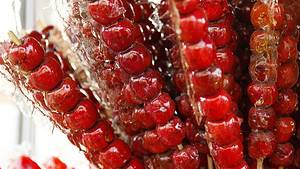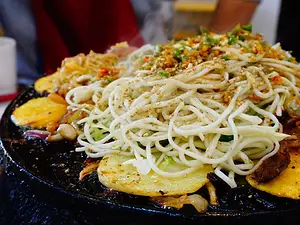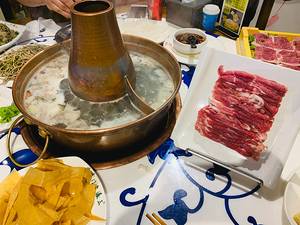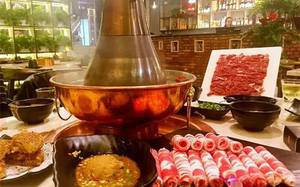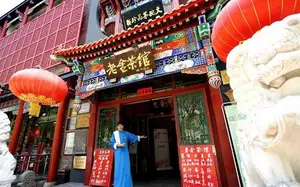Beijing 3-Day Free Travel Guide
1 cities |
9 attraction(s) |
total distance 71
km
 TIPS
TIPS
Day1
Day2
Day3
Day1: Beijing
3 attraction(s) ·
12 km
2
The Forbidden City, also known as the Palace Museum, is the most complete and largest wooden structure ancient architectural complex in China and even in the world. It is hailed as the "top among the world's five palaces". The Forbidden City was ordered to be built by Emperor Yongle Zhu Di, and it is divided into two parts: the "Outer Court" and the "Inner Court" based on its layout and functions. The Outer Court, also known as the "Front Court", is located south of the Gate of Heavenly Purity and is the place where the feudal emperors exercise their power and hold grand ceremonies, with the Hall of Supreme Harmony (Jinluan Hall), the Hall of Central Harmony, and the Hall of Preserving Harmony as the center. The Inner Court, centered around the Hall of Heavenly Purity, the Hall of Union and Peace, and the Palace of Earthly Tranquility, as well as the Six Eastern Palaces and the Six Western Palaces on both sides, is the residence of the feudal emperors and their consorts, also known as the "Three Palaces and Six Courts". The Forbidden City houses a large number of precious cultural relics, with over one million items according to statistics, accounting for one-sixth of the total national cultural relics. The Clock and Watch Gallery has clock demonstrations at 11 am and 2 pm every day, which should not be missed.
10
km
Day2: Beijing
2 attraction(s) ·
36 km
Day3: Beijing
4 attraction(s) ·
24 km
2
Located in the northeast corner of Dongcheng District, Beijing, to the east of Yonghegong Street, it is the largest Tibetan Buddhist temple in Beijing.
5
km
4
Nanluogu Alley is located in one of the 25 protected areas of the old city, with a total length of 786 meters, and it is one of the oldest neighborhoods in Beijing.


